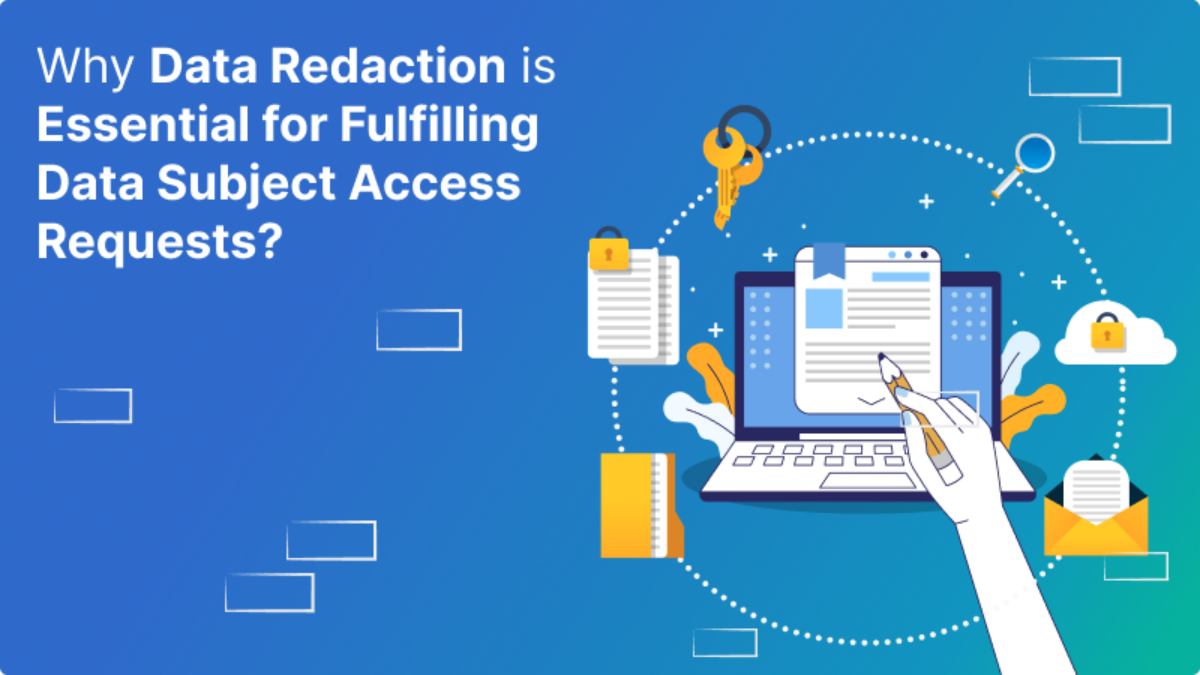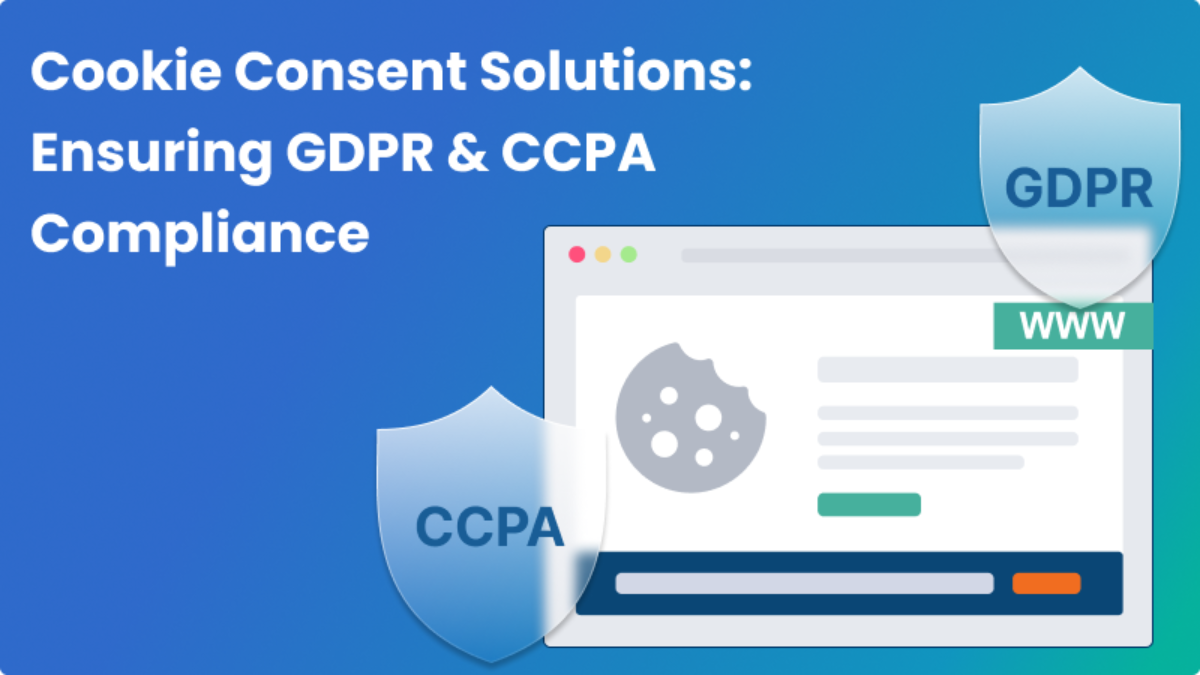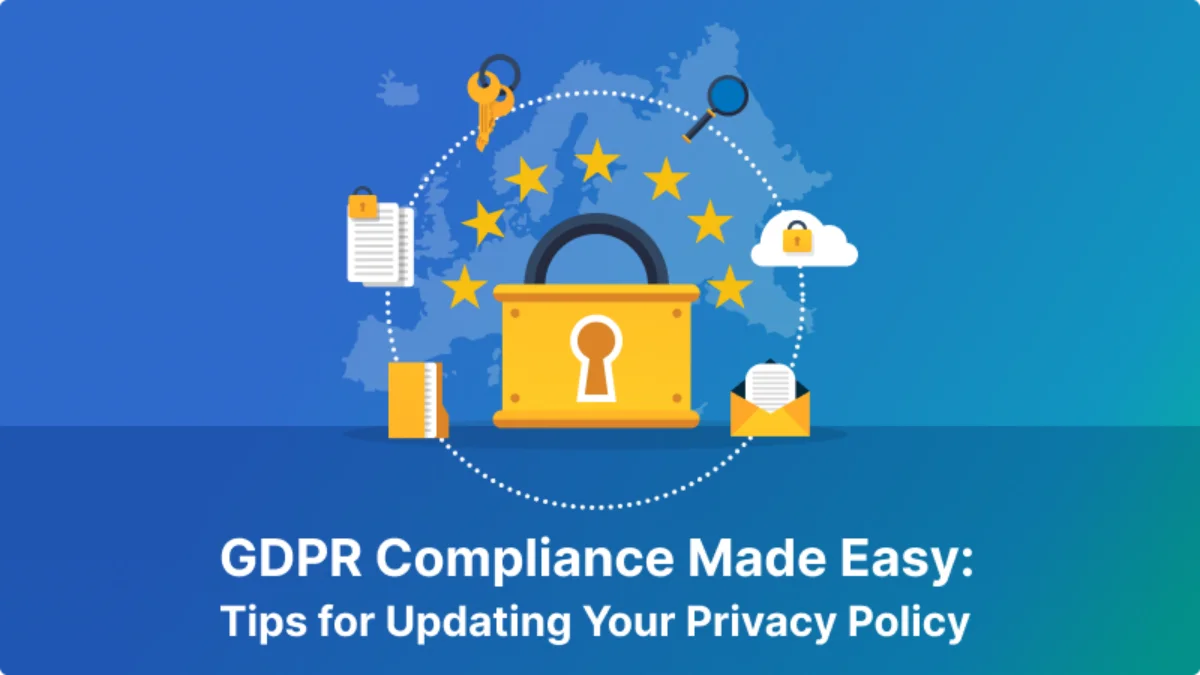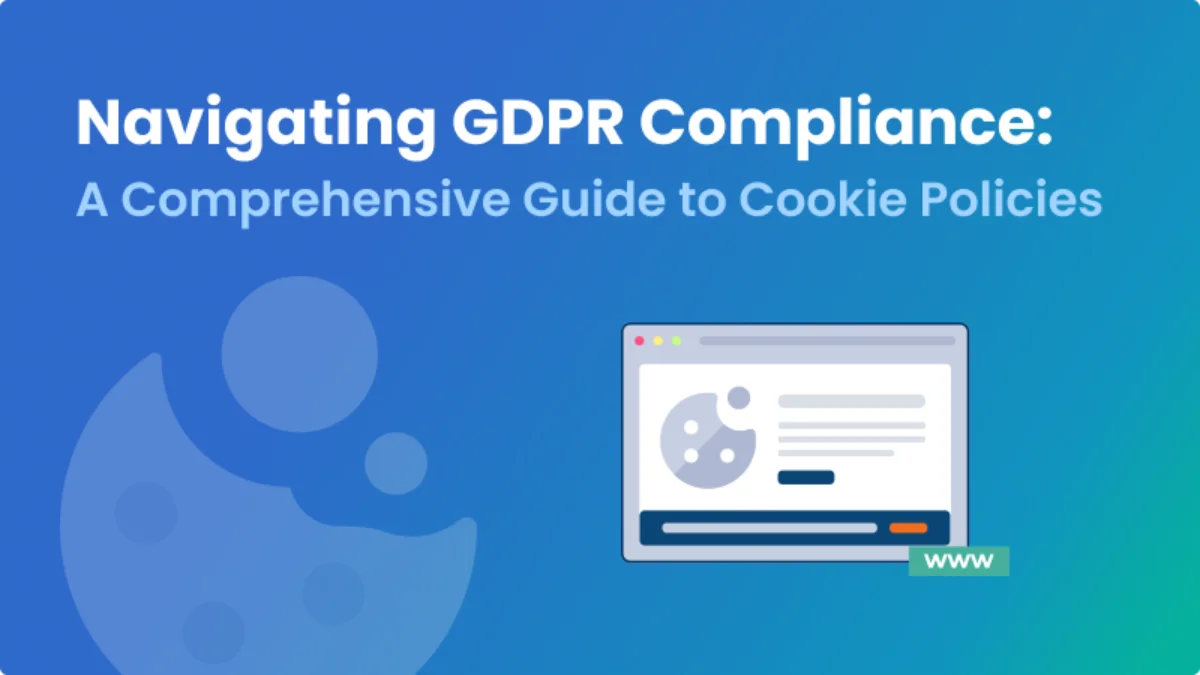Navigating Data Subject Access Requests: Case Studies and Best Practices for Compliance

In today’s data-driven world, organizations are increasingly faced with the challenge of managing Data Subject Access Requests (DSARs). These requests, often stemming from regulations like the General Data Protection Regulation (GDPR) in the EU or the California Consumer Privacy Act (CCPA) in the US, grant individuals the right to access personal data held by companies. Navigating DSARs effectively is crucial for compliance and maintaining customer trust. This blog explores real-world case studies and best practices to help organizations streamline their DSAR processes.
Understanding Data Subject Access Requests (DSARs)
A DSAR allows individuals to inquire about the personal data an organization holds on them, the purpose of the data processing, and to whom the data has been disclosed. The organization must respond within a specified timeframe, typically one month under GDPR, with a comprehensive and clear report of the requested information.
Legal Frameworks for DSARs
Understanding the legal frameworks governing DSARs is fundamental to ensuring compliance. Different jurisdictions have specific laws and regulations that dictate how organizations must handle these requests.
General Data Protection Regulation (GDPR)
The GDPR, enacted in the European Union in 2018, is one of the most stringent privacy laws globally. It grants data subjects the right to access their personal data and mandates that organizations respond to DSARs within one month. The GDPR requires that the information be provided in a concise, transparent, and easily accessible form. Organizations must confirm whether they process the individual’s data, provide a copy of the data, and include details such as the purposes of processing, categories of data, and recipients of the data.
California Consumer Privacy Act (CCPA)
The CCPA, effective in California since January 2020, provides similar rights to California residents. Under the CCPA, individuals have the right to know what personal data is being collected, sold, or disclosed, and to whom. Organizations must respond to DSARs within 45 days, with a possible extension of another 45 days if reasonably necessary. The CCPA also emphasizes transparency and requires businesses to provide data in a readily usable format.
Other Jurisdictions
Other countries and regions have their own versions of privacy regulations that include provisions for DSARs. For instance, Canada’s Personal Information Protection and Electronic Documents Act (PIPEDA) allows individuals to request access to their personal data and mandates organizations to respond within 30 days. Similarly, Brazil’s General Data Protection Law (LGPD) aligns closely with the GDPR in terms of DSAR requirements and response timelines.
Case Study 1 - Transforming Manual DSAR process to Automated
Company: A leading transportation company
Challenge: High volume of DSARs and inefficient manual processes
Solution: Automation and centralized data management
The tech giant faced a surge in Right of Access. Their initial manual handling of requests was labor-intensive and error-prone. To address this, the company invested in an automated DSAR management system that integrated with their data sources. This system streamlined data discovery, redaction, and reporting, significantly reducing response times and improving accuracy. The automation also ensured consistent compliance with regulatory requirements.
Key Takeaway: Automation and centralized DSAR management can significantly enhance the efficiency and accuracy of DSAR handling.
Case Study 2: The Retailer’s Proactive Approach
Company: A large multinational retail corporation
Challenge: Complex data landscape and potential non-compliance risks
Solution: Proactive data mapping and employee training
The retailer’s diverse data landscape made it challenging to locate and compile requested information quickly. To mitigate this, they conducted a comprehensive data mapping exercise to identify all data repositories and the types of personal data stored. Additionally, they implemented regular training sessions for employees on data privacy principles and DSAR procedures. This proactive approach not only improved their DSAR response times but also enhanced overall data governance.
Key Takeaway: Proactive data mapping and employee training are critical for effective DSAR management and regulatory compliance.
Case Study 3: The Financial Institution’s Legal Safeguards
Company: A prominent financial institution
Challenge: Balancing transparency with data security and legal obligations
Solution: Legal review and secure communication channels
The financial institution faced the challenge of responding to DSARs while ensuring data security and complying with legal constraints. They established a robust legal review process to scrutinize each request, ensuring no sensitive or legally protected information was inadvertently disclosed. Secure communication channels were also implemented to safeguard the transmission of personal data to the requestors. This dual approach maintained compliance and protected sensitive information.
Key Takeaway: A thorough legal review process and secure communication channels are essential to balance transparency with data security in DSAR responses.
Best Practices for DSAR Compliance
- Automate Where Possible: Implementing automated tools can streamline DSAR processing, reduce human error, and ensure timely responses.
- Conduct Regular Data Mapping: Regularly updating data inventories helps in quickly locating the requested information, making the response process more efficient.
- Invest in Employee Training: Ensuring that employees are knowledgeable about data privacy regulations and DSAR procedures is crucial for compliance.
- Establish Clear Procedures: Documenting and implementing clear procedures for handling DSARs ensures consistency and compliance. Procedures should outline the steps for receiving, processing, and responding to requests.
- Establish a Legal Review Process: A robust legal review can prevent the accidental disclosure of sensitive information and ensure all responses comply with relevant laws.
- Use Secure Communication Channels: Encrypted and secure channels protect the personal data being transmitted and safeguard against data breaches.
- Document Everything: Keep detailed records of all DSARs and responses. This documentation can be invaluable in demonstrating compliance during audits or investigations.
Conclusion
Navigating Data Subject Access Requests is a complex but essential aspect of modern data management. By learning from real-world case studies and implementing best practices, organizations can not only ensure regulatory compliance but also build trust with their customers. Automation, proactive data management, employee training, legal safeguards, clear procedures, and secure communication are the pillars of an effective DSAR strategy. Embracing these practices will help organizations manage DSARs efficiently and maintain a strong reputation in the realm of data privacy.

















